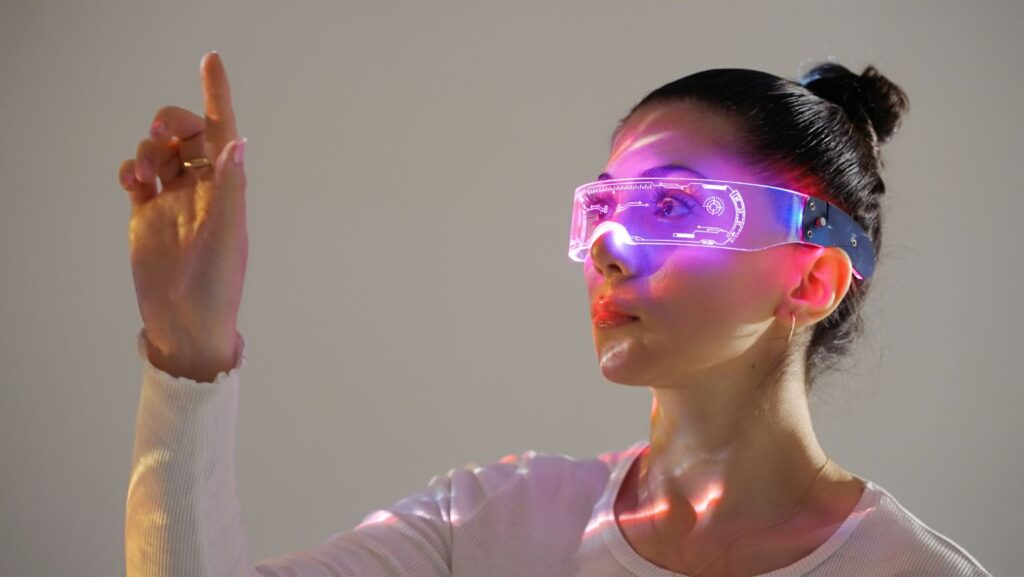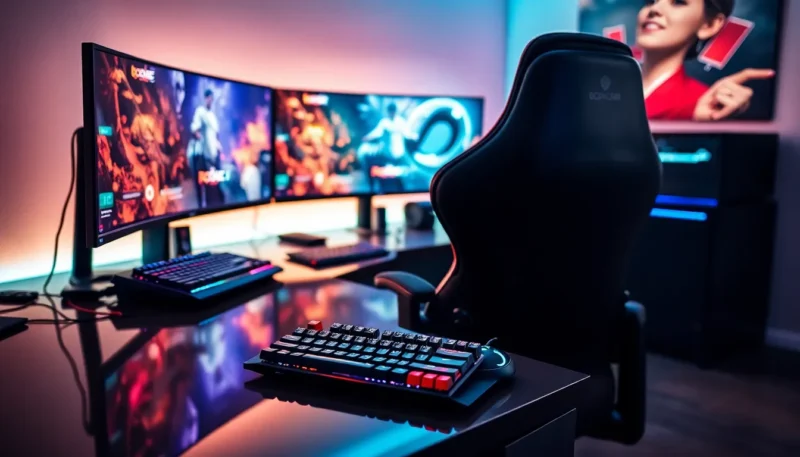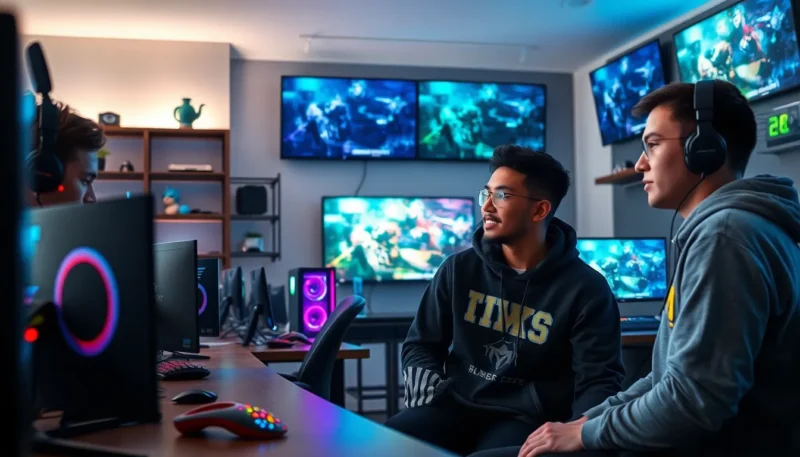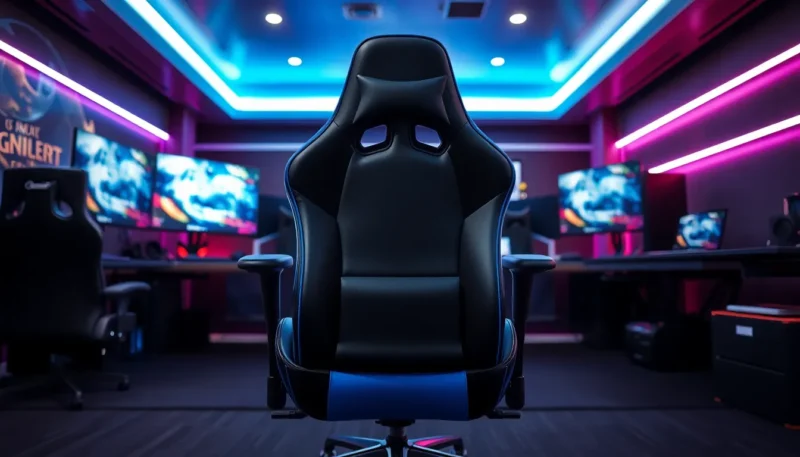
Industry analysts point to gaming as the sector where smart glasses will demonstrate their transformative potential most dramatically. Smart glasses offer advantages over smartphone-based AR gaming that became popular with titles like Pokémon Go.
Wider viewing angles and direct visual field integration reduce eye strain while creating more immersive experiences. Users report stronger engagement when game elements appear naturally in their field of vision rather than on a separate screen.
Players can access real-time statistics, personal analytics, win probability calculations, and even facial recognition for identifying cheaters in online multiplayer environments. This creates what developers call a “secret information bank” overlaid on the gaming experience.
Ray-Ban Meta
Meta’s partnership with Ray-Ban produced what many consider the most successful mainstream smart glasses to date. The devices maintain Ray-Ban’s classic aesthetic across over 100 design options while packing sophisticated technology inside.
The specifications tell an interesting story about prioritizing wearability. At 1.7 ounces, they’re lighter than many traditional sunglasses yet house a 12MP camera capable of 1080p video with stabilization. The audio system impressed reviewers with its minimal spillage design; users can listen to music or take calls without broadcasting to nearby people.
Starting at $299, the glasses integrate Meta AI for real-world assistance. Users can ask the device to identify landmarks through the camera or help with brainstorming while walking around. Battery life reaches approximately 36 hours with casual use, though intensive AI features can cut that in half.
Xreal One
The Xreal One takes a different approach, focusing on creating what engineers call a 147-inch ultrawide display experience anywhere users go. This concept particularly appeals to professionals tired of being tethered to traditional desk setups.
The technical implementation uses 0.68-inch micro-OLED panels delivering 1080p per eye with 600 nits brightness and a 50-degree field of view. The breakthrough feature is the X1 chip, which handles picture control and customization directly on the device without requiring external software.
At 3 ounces, frequent travelers find the weight manageable for extended use. The Bose-tuned audio system provides clear highs and warm bass production that works well in various environments.
RayNeo Air 3s
The RayNeo Air 3s represents something rare in emerging technology: a genuinely competitive budget option. At $269, the device focuses on delivering exceptional core audio/visual experiences rather than advanced features.
Delivering 1080p clarity at 120Hz, the HueView micro-OLED display has a level of color precision that makes the glasses suitable for creative professionals who need accurate visual representation.
The limitations become apparent in the absence of spatial computing features and light-blocking capabilities. For users primarily interested in entertainment and basic display functionality, however, these compromises prove acceptable.
Viture Pro XR
Viture targets the luxury market with their Pro XR glasses, priced from $549 for the basic model up to $788 for the complete collection. The premium positioning reflects advanced features that other manufacturers haven’t matched.
The standout innovation is electrochromic film that can virtually black out external lenses for complete immersion. Most competing glasses allow light bleed-through, which compromises the viewing experience. The SpaceWalker app enables sophisticated spatial computing with multi-monitor layouts and full OS navigation capabilities.
The devices can simulate a 135-inch screen with brightness reaching 4,000 nits, and myopia adjustment dials accommodate users with vision correction needs. Audio quality, however, disappoints relative to the price point, with ambient noise easily overwhelming the speakers.
What Players Can Expect
Real-time strategy video games will become completely different experiences. Players can have resource counters, unit health bars, and tactical overlays floating directly in their peripheral vision.
No more splitting attention between minimap and action. Some competitive RTS players report faster decision-making when critical information appears exactly where they’re already looking.
Fighting games also could get wild. Imagine seeing the exact moment to strike, how to pull off those awesome moves, and even guessing what your opponent will do next right in front of your eyes.
And it’s not just video gaming; even online casino gaming will benefit. Players from around the world–whether in the US, Canada, or even the UK–can expect immersive slots with AR-enhanced reels and interactive bonus rounds floating right before their eyes.
Imagine casino slots spinning across your coffee table in real-time. The experience feels richer and more tactile. The gambling scene is already testing this, pushing the boundaries of what’s possible in the casino UK, Canadian, or USA entertainment.
The Wild Part
We’re still in the early stages. These 4 models represent where the technology is right now, not where it’s heading. And honestly, that future is looking pretty compelling.
The future trajectory of smart glasses is not a matter of “if” but rather “how.” The key question now revolves around the dominant paradigm that will emerge.
Will it be the everyday accessibility and style of devices like the Ray-Ban Meta, the dedicated workspace enhancement offered by Xreal One, or the high-end, immersive environment provided by Viture Pro? The battleground has shifted from viability to which interpretation of smart glass technology resonates most powerfully with consumers.














